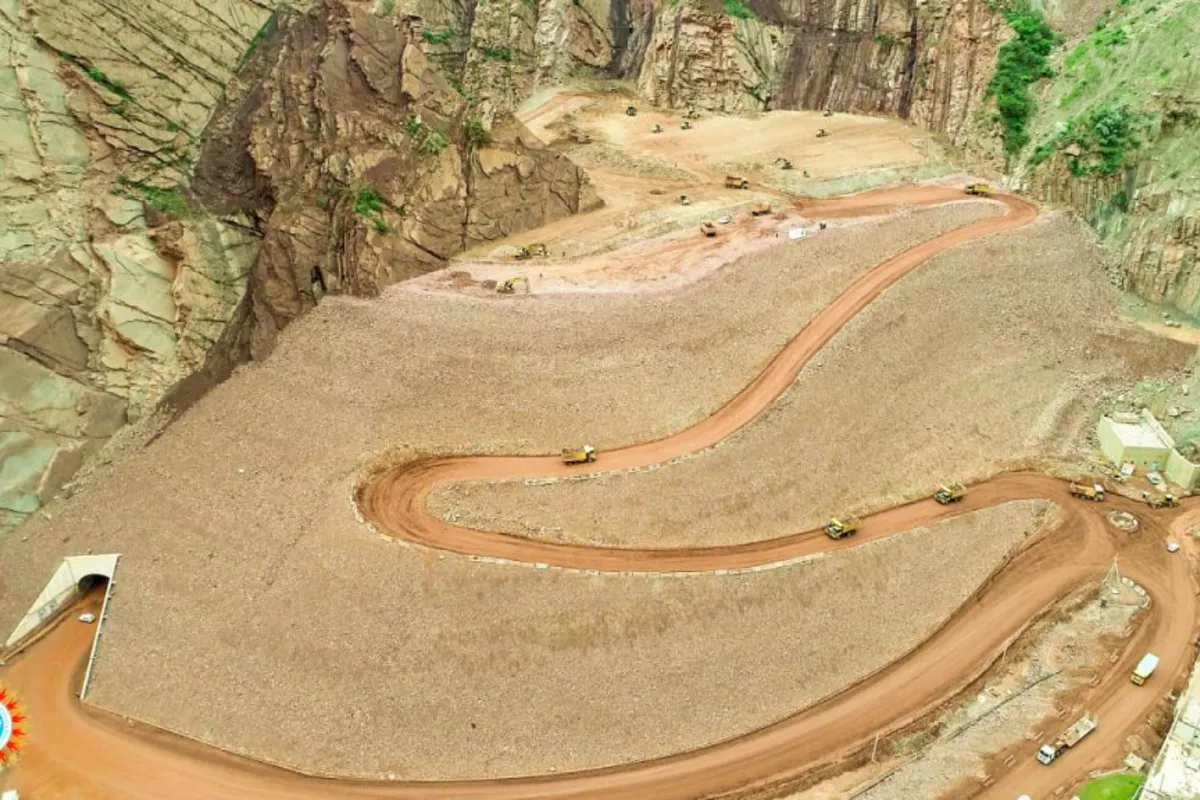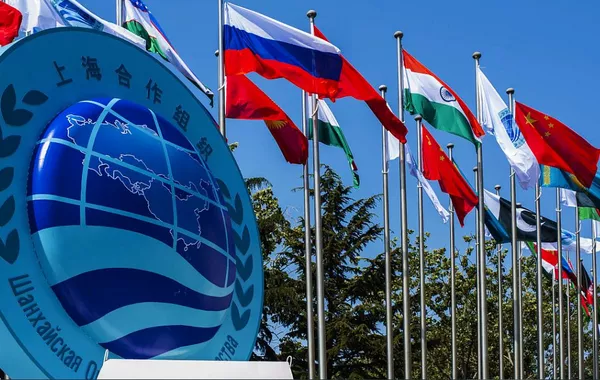
photo: Asia Plus
Tajikistan’s Rogun Hydropower Plant (HPP) project will proceed under the environmental principle of “no net loss,” according to the updated Environmental and Social Impact Assessment (ESIA).
The report notes that while the construction will impact 185 hectares of juniper forest and 77 hectares of floodplain, these losses will be fully compensated through restoration and conservation efforts at alternative sites, The Caspian Post informs via Tajik media.
Implementation Timeline
From 2025 to 2030, consultations are ongoing with government agencies, financial institutions, and environmental organizations to finalize mitigation strategies and select ecological restoration sites.
Starting in 2031, active restoration will begin, including the establishment of protected areas, reforestation programs, and measures to safeguard local ecosystems.
Program Priorities
The “No Net Loss” program focuses on three main goals:
Restoration and protection of juniper forests
Rehabilitation of riparian (riverbank) forest zones
Conservation of native fruit- and nut-bearing forests as a supplementary measure
The project plans to restore approximately 786 hectares of forest-about three times the area expected to be lost. Tajikistan’s Forestry Agency has already identified 7,599 hectares suitable for reforestation, significantly exceeding project needs.
Financial Investment
Ecological restoration efforts will require a capital investment exceeding $7.5 million, with ongoing annual maintenance costs estimated at around $10,500.
Significance and Capacity
These environmental measures form part of a comprehensive strategy to minimize the ecological impact of the Rogun HPP, which will be the largest hydropower plant in Central Asia upon completion.
Installed capacity: 3,780 MW
Expected annual electricity generation: over 14.5 billion kWh
Six turbines rated at 630 MW each, with the final unit due in 2029
Two turbines commissioned in 2018 and 2019 are currently operating at limited capacity. In 2024, the plant produced 1.22 billion kWh, accounting for about 5.5 per cent of Tajikistan’s total electricity generation.
As construction advances, the government aims to ensure the Rogun project supports both national energy security and environmental sustainability through proactive ecological management.
Share on social media
